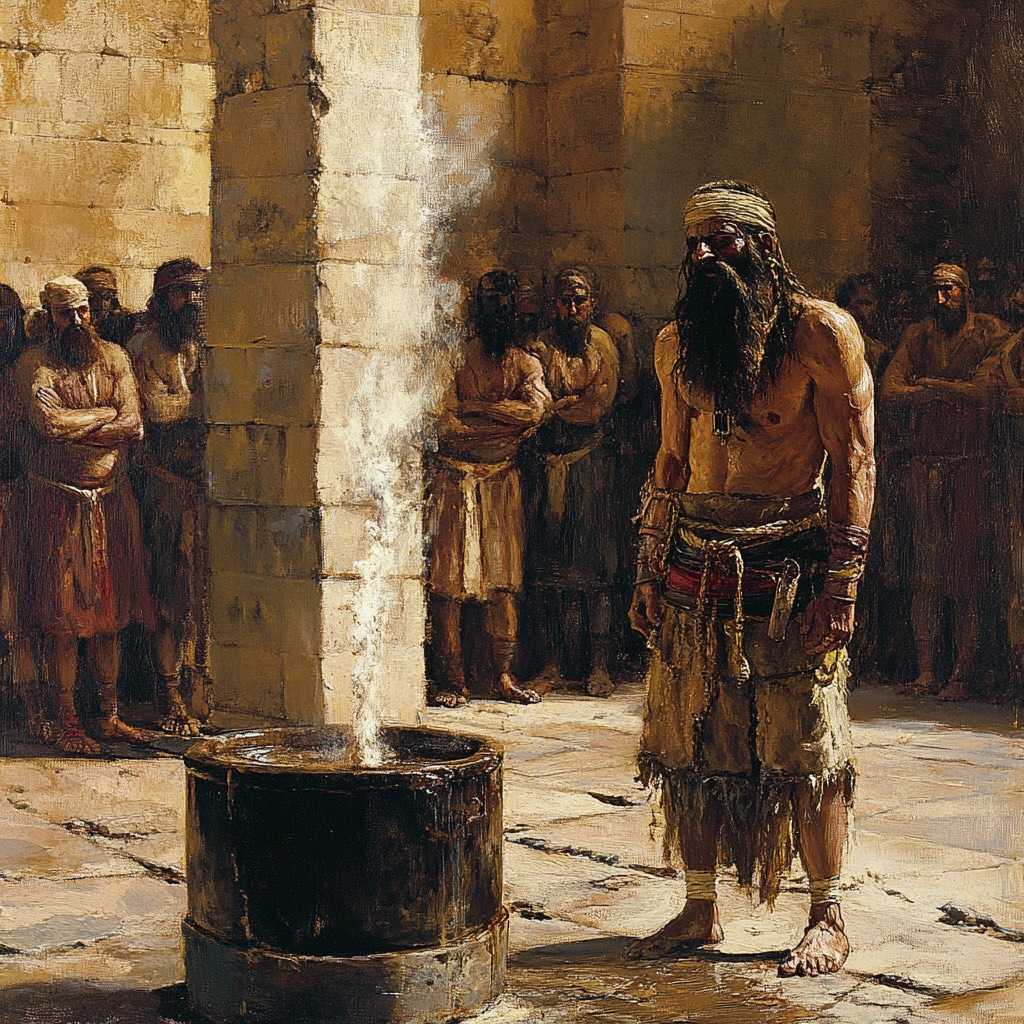Purity Rules (Leviticus 11-15)

These chapters may seem challenging, but they reveal God’s desire for His people to live holy and set apart lives. The laws cover clean and unclean foods, purification after childbirth, and regulations regarding skin diseases and bodily discharges.
Leviticus 11: Clean and Unclean Animals
Dietary Laws
God provided the Israelites with specific dietary laws, distinguishing between clean and unclean animals. These laws served not only to maintain physical health but also to set the Israelites apart as God’s holy people.

Clean Animals
Animals that could be eaten included those that had a divided hoof and chewed the cud, such as cattle, sheep, and goats. Sea creatures with fins and scales were also considered clean.
Unclean Animals
Unclean animals included those that did not have a divided hoof or chew the cud, such as pigs, camels, and rabbits. Additionally, sea creatures without fins and scales, certain birds, and most insects were also deemed unclean.

Leviticus 12: Purification After Childbirth
Purification Process
After childbirth, a woman was considered ceremonially unclean for a period of time—seven days for a male child and fourteen days for a female child. Following this, she was to remain in a state of purification for 33 days for a male child and 66 days for a female child. At the end of this period, she was to bring a burnt offering and a sin offering to the priest to be cleansed.

Significance
These laws emphasized the sanctity of life and the need for ceremonial purity in God’s presence. The offerings allowed the woman to be restored to full participation in the community.
Leviticus 13-14: Laws About Skin Diseases
Identifying Skin Diseases
Chapters 13 and 14 provide detailed instructions on how to identify skin diseases, often referred to as “leprosy,” which could affect not only people but also garments and houses. The priests were responsible for examining individuals and determining whether they were clean or unclean.
Quarantine and Cleansing
If a person was found to be unclean, they were quarantined outside the camp until the disease was healed. Once healed, the person underwent a purification process that included washing, shaving, and offering sacrifices. For houses and garments affected by mold, detailed instructions were given to cleanse or, if necessary, destroy them.

The Purification Ceremony
The purification ceremony for a healed leper was elaborate, involving two live birds, cedarwood, scarlet yarn, and hyssop. One bird was killed over fresh water, and the living bird was dipped in the blood and released, symbolizing the cleansing and new life of the healed person.

Leviticus 15: Bodily Discharges
Regulations for Bodily Discharges
Leviticus 15 deals with various types of bodily discharges, including those that were normal (such as a woman’s menstrual period) and those that were abnormal. These discharges rendered a person ceremonially unclean, and specific rituals were required for purification.

Emphasis on Purity
These regulations emphasized the importance of cleanliness and purity in every aspect of life. The Israelites were to be mindful of their physical state, reflecting the spiritual purity God required of His people.
Conclusion
Leviticus 11-15 teaches us about the importance of living a life of holiness and purity. Though the specific laws may not apply to us today, the principles behind them—distinction, purity, and dedication to God—remain relevant. God desires His people to be holy, just as He is holy, in every aspect of life.
